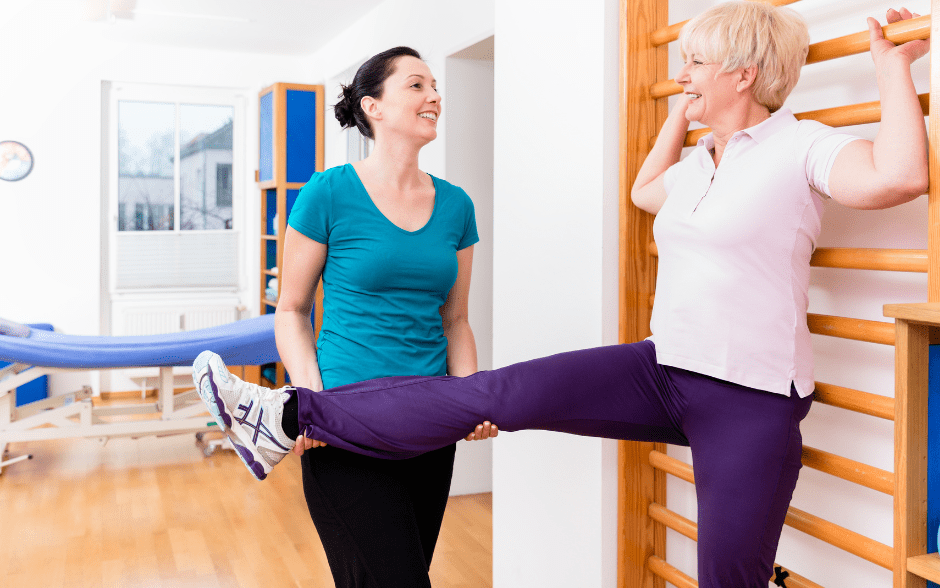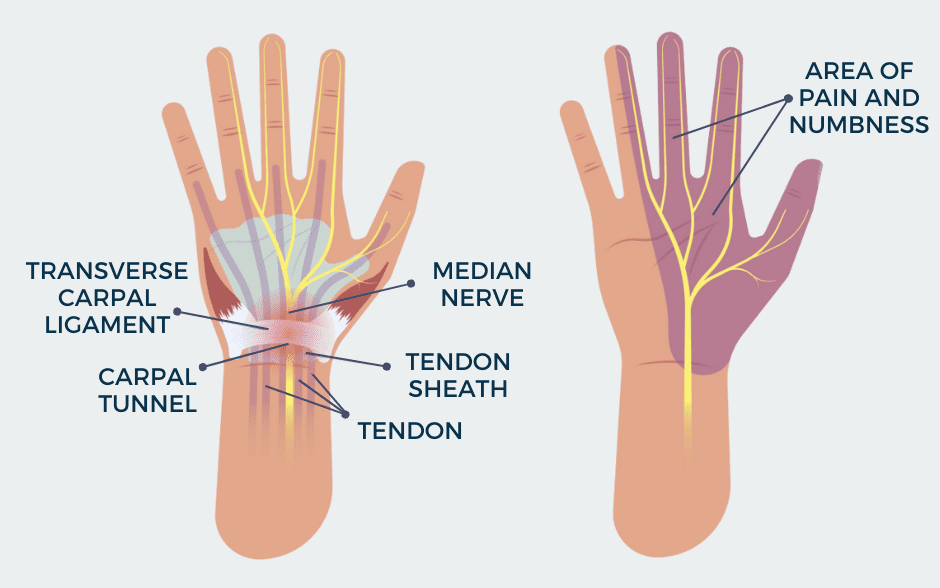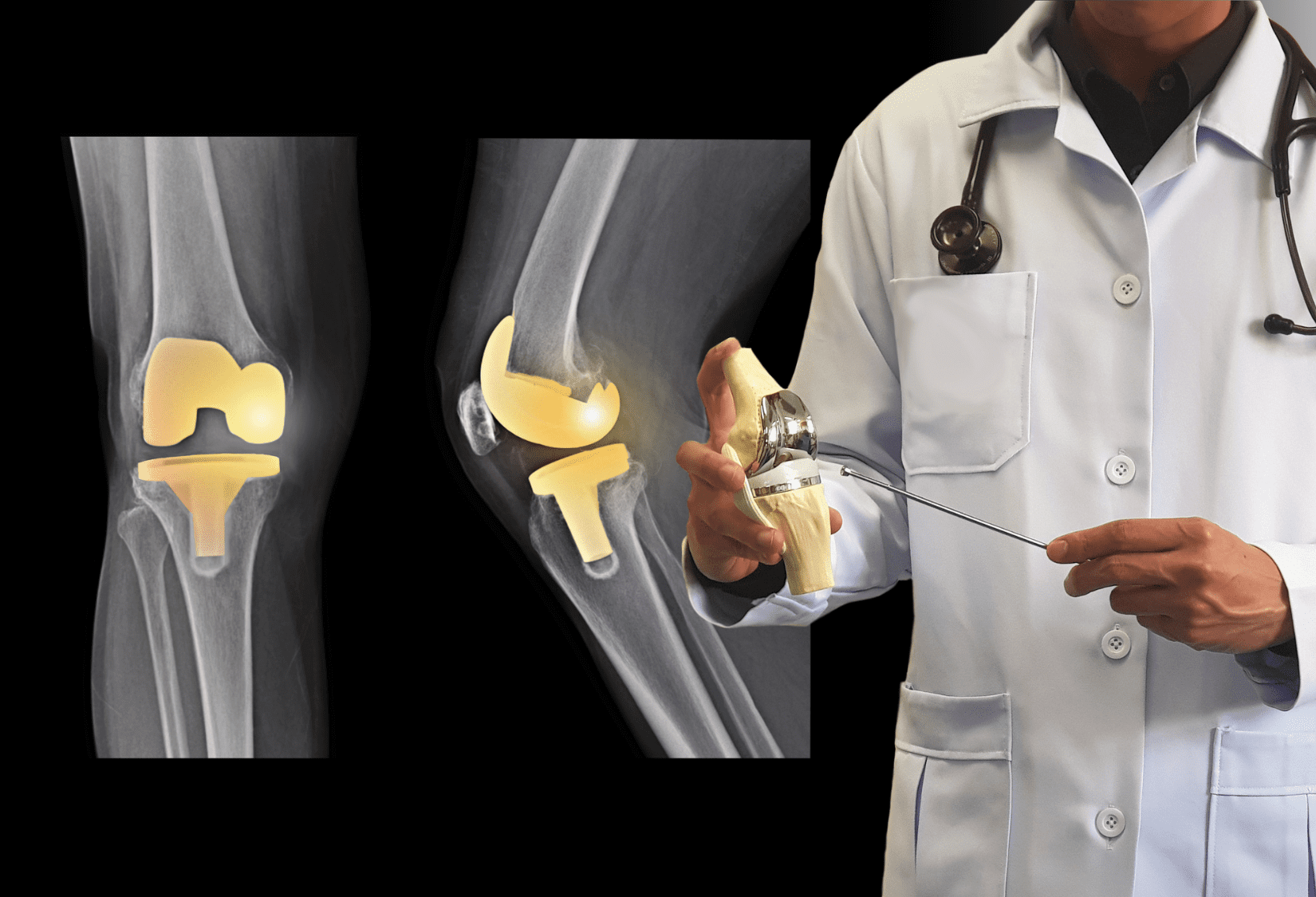Nobody looks forward to surgery, but when pain or limitations resulting from illness or injury prevent us from performing our daily tasks, it may be the only option. Although it is scary, in most cases surgery can help us return to the activity level we enjoyed prior to the injury. The key to getting back in shape is proper rehabilitation, both before and after the surgery.
Thanks to the progress in medicine and the constant increase of standards of life, more and more people live to a really old age. On the other hand, as we live longer, we increasingly need the help of doctors to stay healthy. The number of surgeries we undergo is also increasing. Total knee and hip replacements are among the most common surgeries performed on seniors due to wear and tear. Anterior cruciate ligament reconstructions of the knee, shoulder joint replacements and rotator cuff repairs are also common. And although all of these procedures are performed routinely and pose no threat to the patient’s life, surgeries are never indifferent to our bodies. Their effects last long after we leave the hospital. Pain, scars, immobilization, and weakness are just some of the consequences we experience. There is still the question of returning to our previous level of activity, which worries many patients. Full recovery is possible, but it largely depends on us – on what we do before the surgery and during the recovery period.
Rehabilitation before surgery
Usually, when we hear the term “physical therapy”, we associate it with rehabilitation after surgery or injury. However, pre-operative rehabilitation is just as important as post-operative one and if our doctor orders it, there is a good reason for it. It plays a significant role in preparation for surgery and significantly shortens recovery. Pre-operative rehabilitation allows us to prepare mentally for the upcoming surgery, improves general well-being and physical fitness, and reduces pain and inflammation. It also helps to improve muscle control of the injured joint and increase the range of motion. Exercises are designed to strengthen muscles, improve flexibility and endurance. If needed, the therapist also teaches the proper use of crutches or a wheelchair.
Rehabilitation after surgery
It is aimed at decreasing the negative effects of the surgery, such as pain, swelling, reduced mobility, weakening, and atrophy of muscles, and scarring. It improves balance, blood circulation and helps supply tissues with oxygen, which accelerates the healing process. It improves the patient’s condition and helps to return to full fitness in the shortest possible time.
Surgical procedures for back, neck, shoulder, elbow, knee, ankle and foot injuries should be followed by physical therapy. Rehabilitation after hip, knee, shoulder, and ankle replacement or shoulder, and knee arthroscopy is also very important. It is also recommended in case of complications after abdominal, thoracic or pelvic floor surgery. A rehabilitation program tailored to the patients’ individual needs is a key part of post-operative care to avoid and prevent possible complications.
The importance of perioperative physical therapy has been witnessed many times by Halina – a long-time patient of our clinic. She turns eighty next year and although she has undergone several surgical interventions, she is still in great shape. The key to feeling good and recovering quickly from each procedure has always been rehabilitation. From her first one a few years ago to her most recent shoulder surgery, she always shows up for therapy a month before going to the hospital. She is well aware of the fact that, especially at her age, it is important to keep in shape both before her hospital stay and after she returns home. That is why she never resigns from therapy; she also attends fitness classes organized by P D Rehab, where under the supervision of a personal coach she additionally exercises her operated arm.
Don’t delay your therapy
If your doctor orders physical therapy before or after surgery, never skip or delay it. It is extremely important and often, only thanks to properly conducted rehabilitation, we are able to enjoy many years of good health and full fitness. Some time ago a patient came to P D Rehab after shoulder surgery. Unfortunately, although the surgery took place at the beginning of May, she did not start her rehabilitation until August. The shoulder hurt and had very limited mobility, but the patient kept hoping that it would “go away” and her arm would return to its former efficiency. However, this did not happen. It was the birth of her granddaughter and her inability to look after her that prompted her to seek help.
Post-operative rehabilitation, which we start so late, takes much longer than if it was started immediately after the surgery and its effects are difficult to predict. Therefore, it is worth taking care of yourself for the sake of your loved ones, for the sake of your own well-being and greater independence.



















